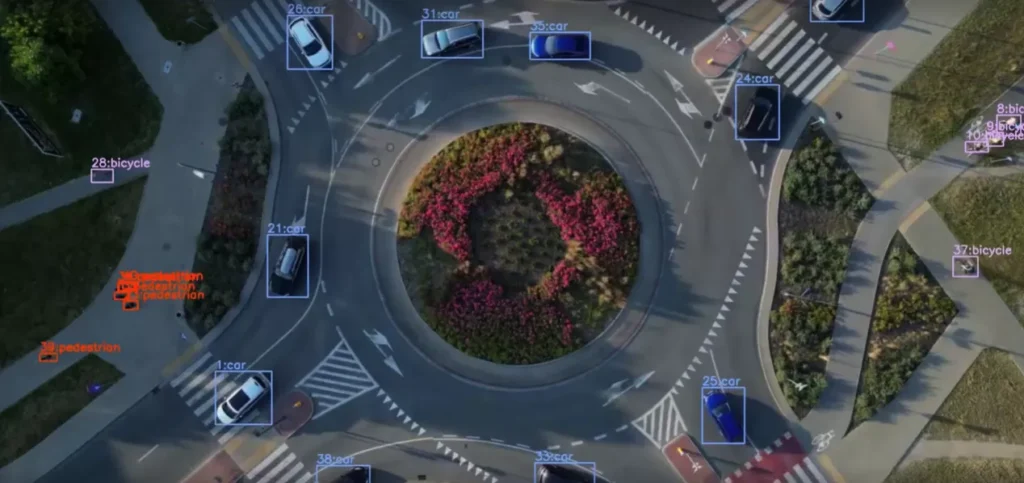
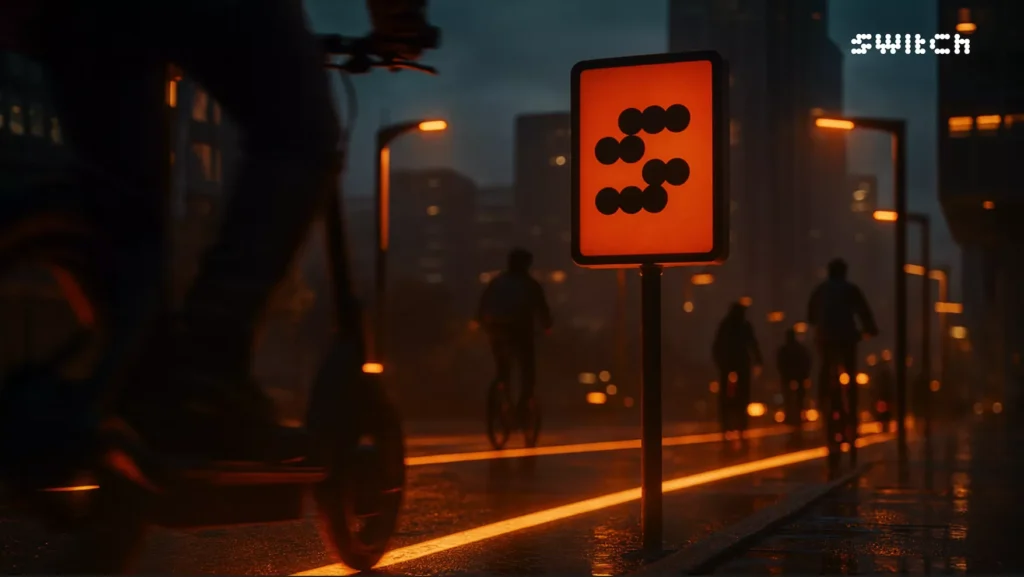
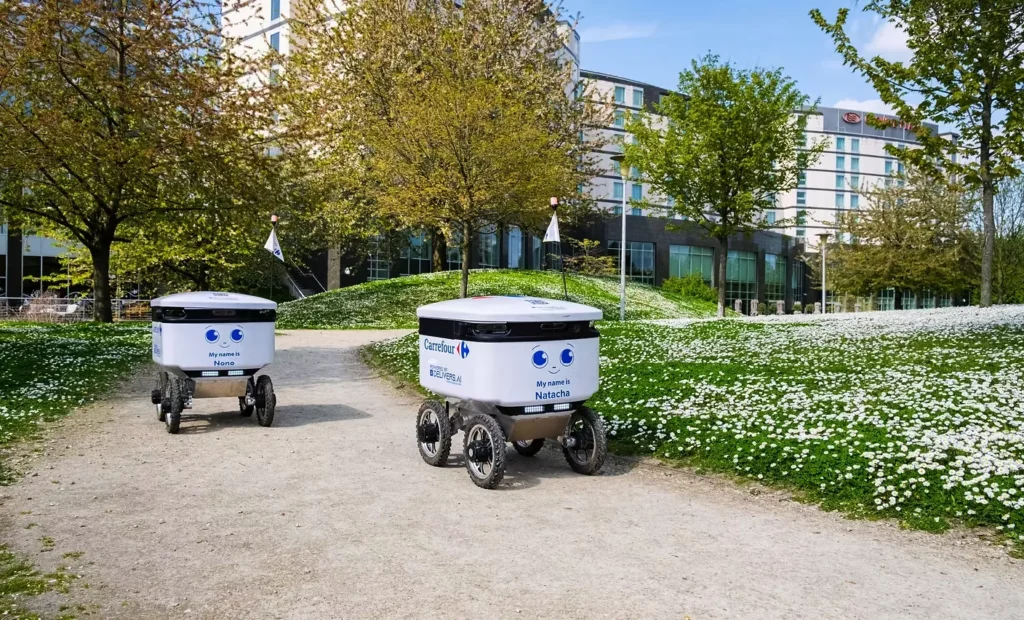
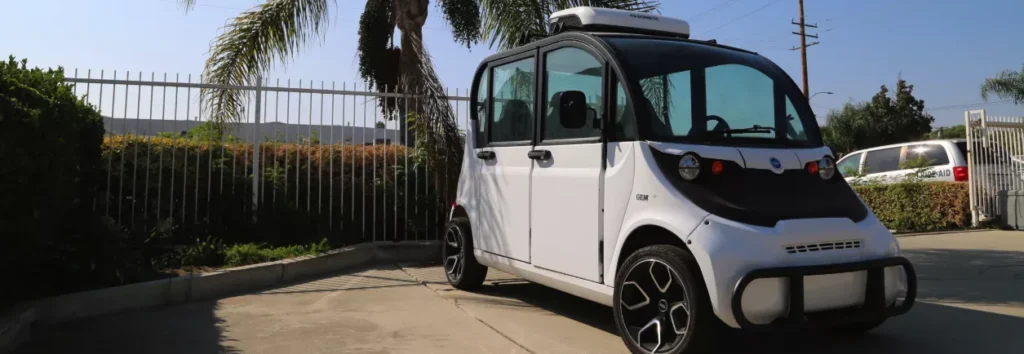
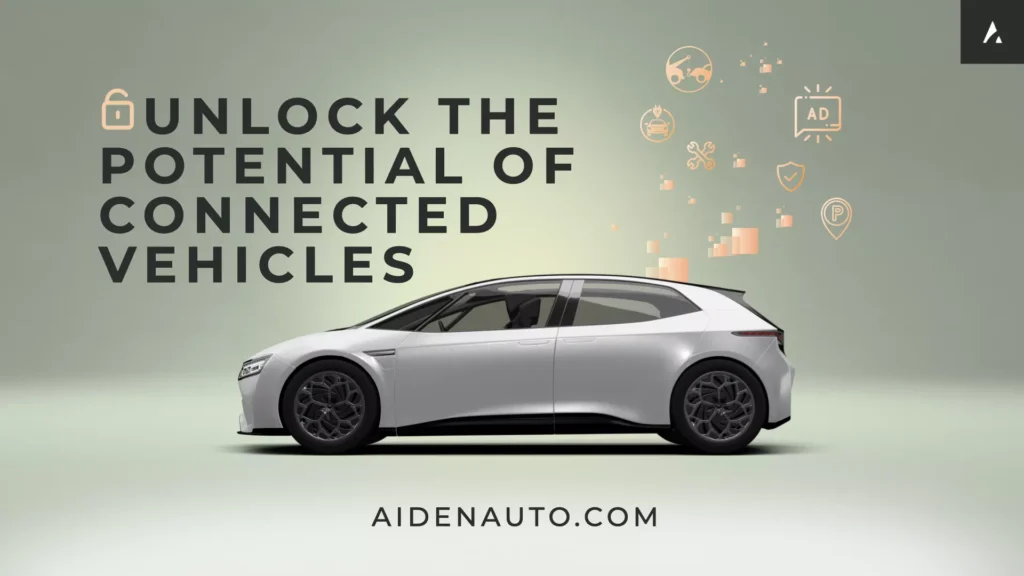





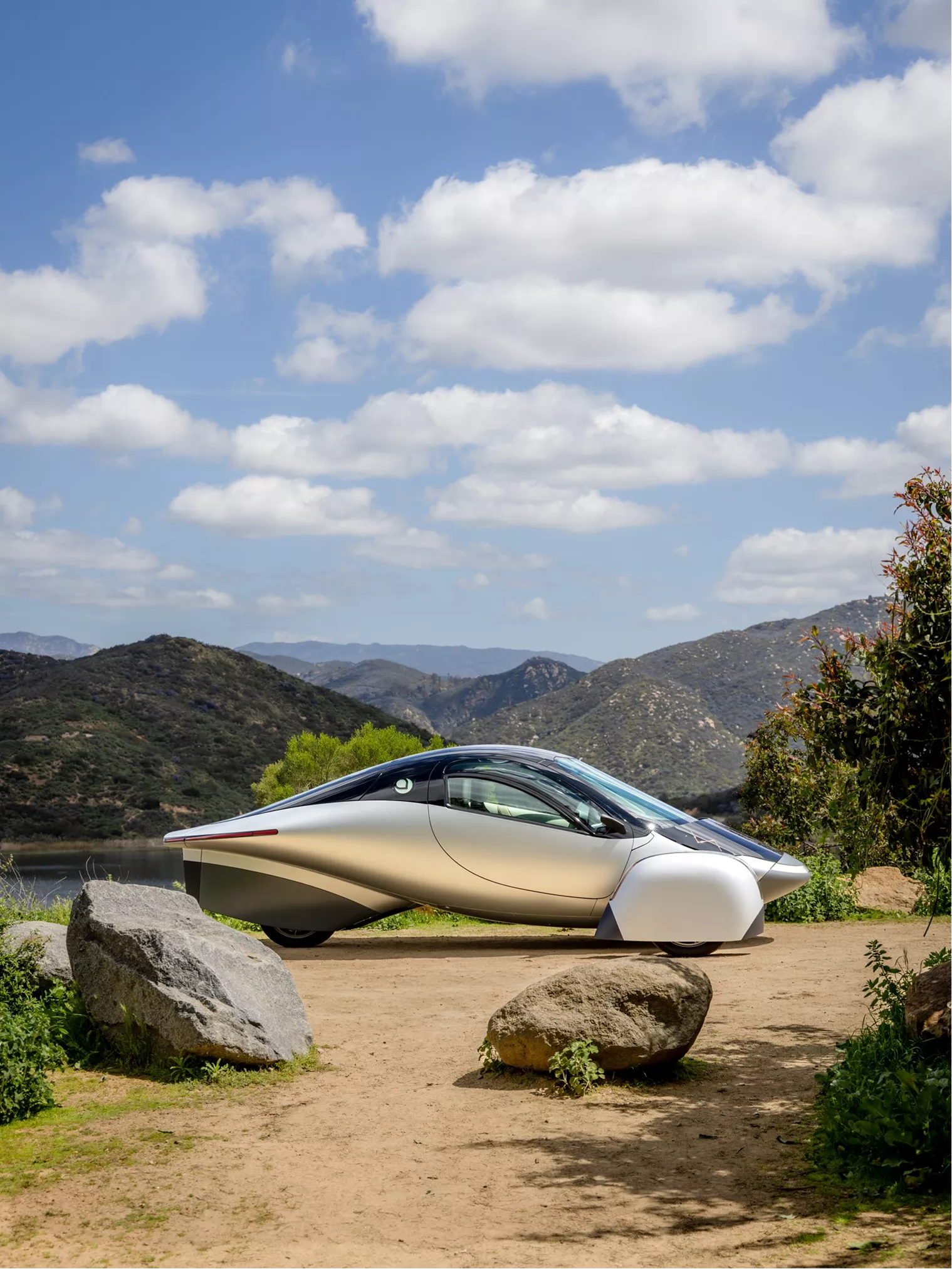
From EVs and batteries to autonomous vehicles and urban transport, we cover what actually matters. Delivered to your inbox weekly.
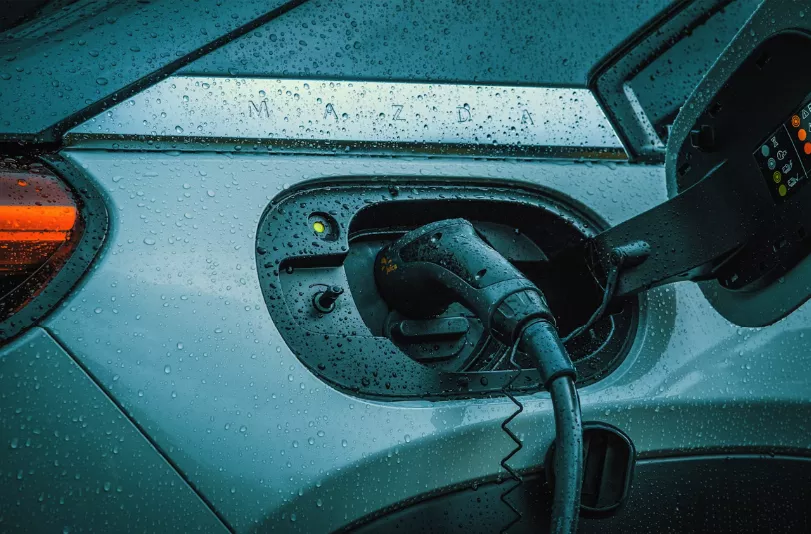
Lithium-ion has taken us far, but it’s reaching its ceiling. Solid-state batteries, once a perpetual promise, are suddenly getting real.
BMW inked a deal with Freyr to build production lines in Germany targeting 2027.
Toyota and Panasonic revealed next-gen prototypes with double the energy density of today’s cells.
Nissan expanded its Yokohama pilot plant and doubled down on a 2028 launch.
And Ford, Hyundai, and Mercedes quietly updated investors on their own solid-state timelines—no fanfare, just pressure.
The goal?
🔌 EVs that charge in 15 minutes.
🔋 Ranges over 1,000 km.
💸 And a price tag that finally challenges combustion cars at scale.
Everyone’s betting on 2027–2028.
The question is: who gets there first and who’s bluffing?
Urban transport doesn’t have to be boring — and Sol Motors is proving it with the Pocket Rocket.
This German-built “noped” blends the agility of a bicycle with the punch of an e-motorcycle. We’re talking up to 85 km/h, 108 km range, and a striking aluminum V-frame that’s won multiple design awards. Weighing just 87 kg, it’s light enough to haul upstairs — and charges anywhere, even in your apartment.
Could this be the new blueprint for compact e-mobility in Europe? See it in action.
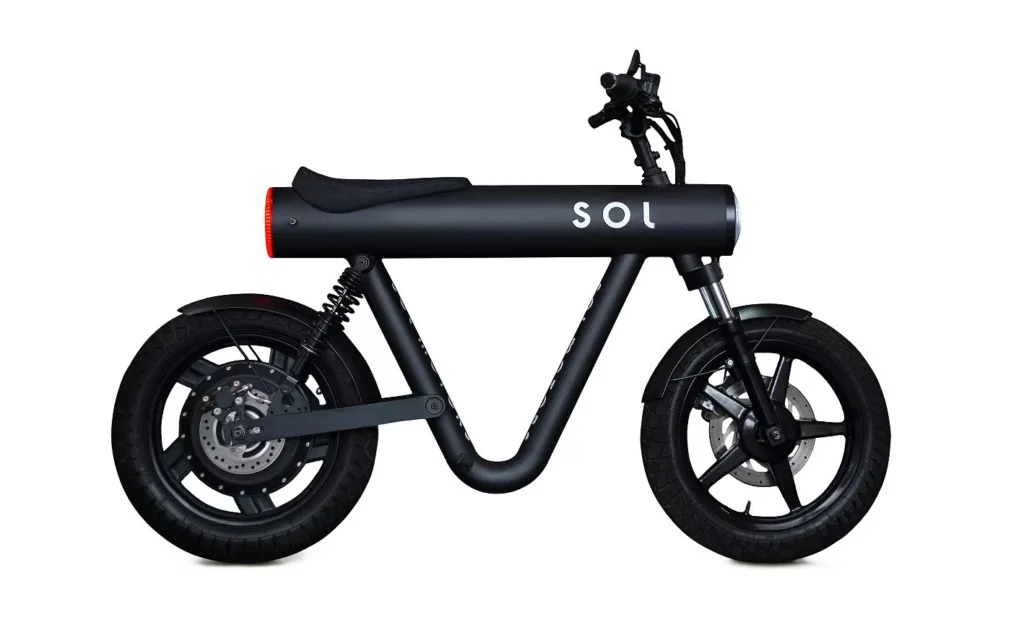
Solid-state batteries have been the holy grail of EV tech for over a decade, promising more range, faster charging, and zero fire risk.
But progress was slow:
Solid-state remained a science project, far from the production.
June marked a real shift in tone and money:
The time for unpromising press releases is over. Infrastructure is being built. Timelines are narrowing. Investors are listening.
Every major automaker is now circling the same window:
The wildcard? Cost. Until solid-state matches lithium-ion on dollars per kWh, it won’t scale.
But if it does?
It could gut the EV pricing curve and finally deliver the 500-mile, 10-minute-charge car the industry keeps teasing.
We have some catching up to do.
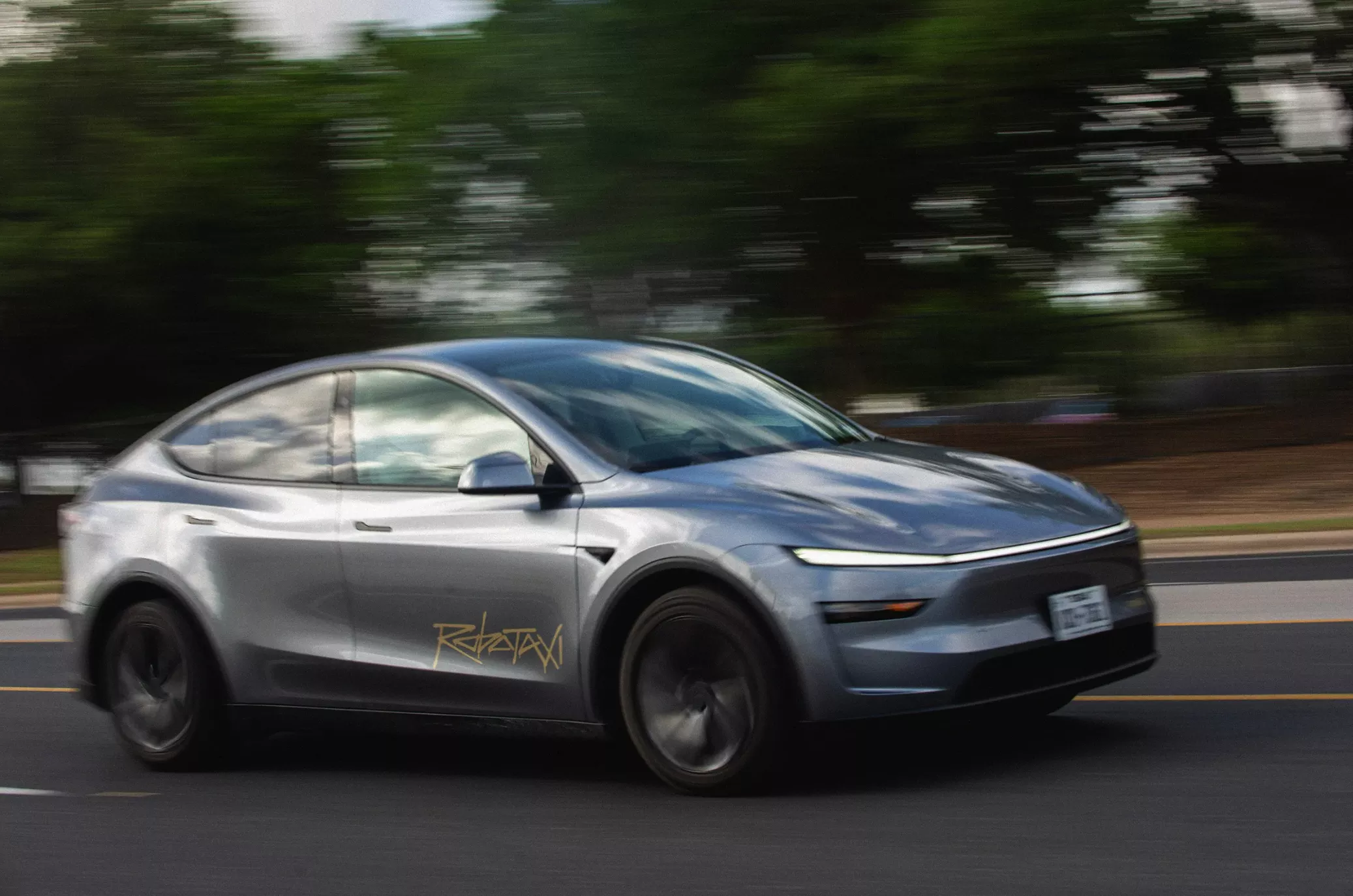
🔋 Xiaomi Patents Solid-State EV Battery Design
Xiaomi filed a solid-state battery patent promising 1,200 km range and 800 km of charge in 10 minutes. The design features a layered electrode structure to boost ion conductivity and energy density. (Electrive)
🔬 BYD Road-Tests Solid-State Battery With 1,500 km Range
BYD is testing solid-state cells in its Seal sedan, targeting 1,500 km range and ~12-minute charging. The 400 Wh/kg energy density would triple current battery performance, though the company says specs aren’t final. (The Driven)
🇺🇸 Tesla Rolls Out Robotaxis in Texas
Tesla launched its long‑promised robotaxi trial in Austin, Texas on June 22, marking the first time the company has deployed fully driverless rideshare vehicles to the public. This comes after years of regulatory approvals and internal testing in Texas. (Wall Street Journal)
⚡ BMW Begins Solid-State Cell Trials in Germany
BMW confirmed that its prototype i7 is now running Solid Power’s all-solid-state battery cells. The company also launched a dedicated pilot line at its Cell Manufacturing Competence Center near Munich to advance next-gen battery development. (BMW Group)
🏭 Nissan Expands Yokohama Pilot Line
Nissan doubled capacity at its solid-state pilot plant in Yokohama. Engineers say the company remains on track to commercialize the tech by 2028. (Electrek)
💰 Ford Quietly Boosts Solid-State Budget
Ford participated in Solid Power’s $130M Series B round and expanded its battery R&D footprint in Michigan, signaling a deeper push into next-gen cells. No updated launch timeline, but late-decade targets remain in play. (Solid Power Battery)
Everyone’s talking solid-state. But is this the EV breakthrough we’ve been waiting for—or just the next big promise with a moving deadline?
Let’s separate the hype from the hard specs. ⚡
🚫 Reality: 2025 is still pre-season.
Yes, we saw major moves in June:
But none of these batteries are hitting mass production before 2027–2028. Most are still in lab or validation phases, not factory-ready.
🚫 Reality: Everyone’s taking a different shot.
There’s no consensus on the winning formula — just parallel bets and plenty of patents.
🚫 Reality: Li-ion isn’t going anywhere (yet).
Even if solid-state reaches scale by 2028, lithium-ion tech is still improving:
Solid-state may grab the premium market first — think Porsche, Lexus, BMW — while Li-ion powers the mass market for years to come.
🚫 Reality: No one has a clear path to gigafactory scale.
The tech works in theory—but reliability, cost, and throughput are still major hurdles.
To hit volume, automakers need:
Until then, solid-state remains promising, but not proven.
Solid-state is coming, but slower, more fragmented, and likely more expensive than the press releases suggest.
“A Battery That Lasts 50% Longer Is Finally in Production”
A deep dive by The Wall Street Journal highlights Ion Storage Systems, a Maryland startup that has shipped prototype solid-state cells using porous ceramic substrates. With backing from Toyota Ventures and the Department of Energy, the company is producing cells that could charge faster, last longer, and offer dramatically improved safety. Their scalable manufacturing process sets them apart in today’s cautious investment climate.
Highly relevant for:
→ Suggested read for anyone tracking whether 2027 really brings mass-scale solid-state.
This June brought serious momentum: Toyota, BMW, Nissan, and Ion Storage all made big solid-state battery moves. The promise?
⚡ 2x the energy density
⚡ 10-minute charging
⚡ No fire risk
Sounds like the EV endgame.
But the reality is:
🔋 Prototype ≠ Product
🚧 Scaling still requires new factories, new materials, and new trust from regulators
💸 Solid-state won’t be cheap — at least not before 2028
Lithium-ion isn’t dead. Silicon-anode upgrades, better thermal management, and cost cuts are keeping it in the game.
So, is solid-state finally real?
Yes — but only on paper (for now).
📬 Hit reply and tell us: Who do you think brings it to market first?